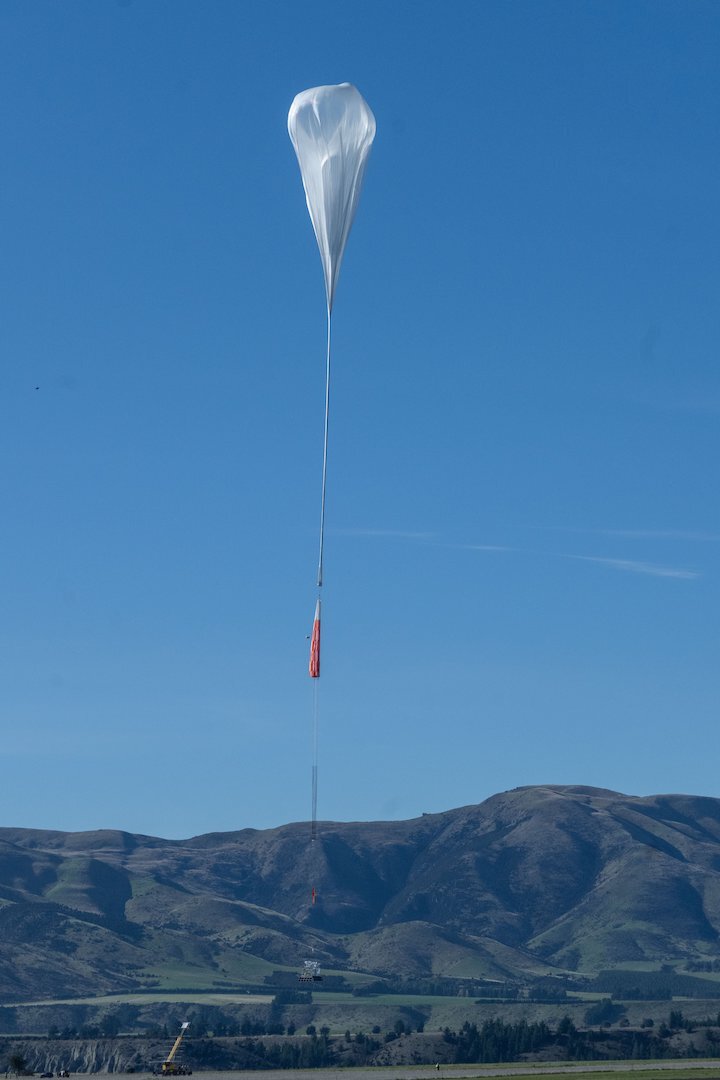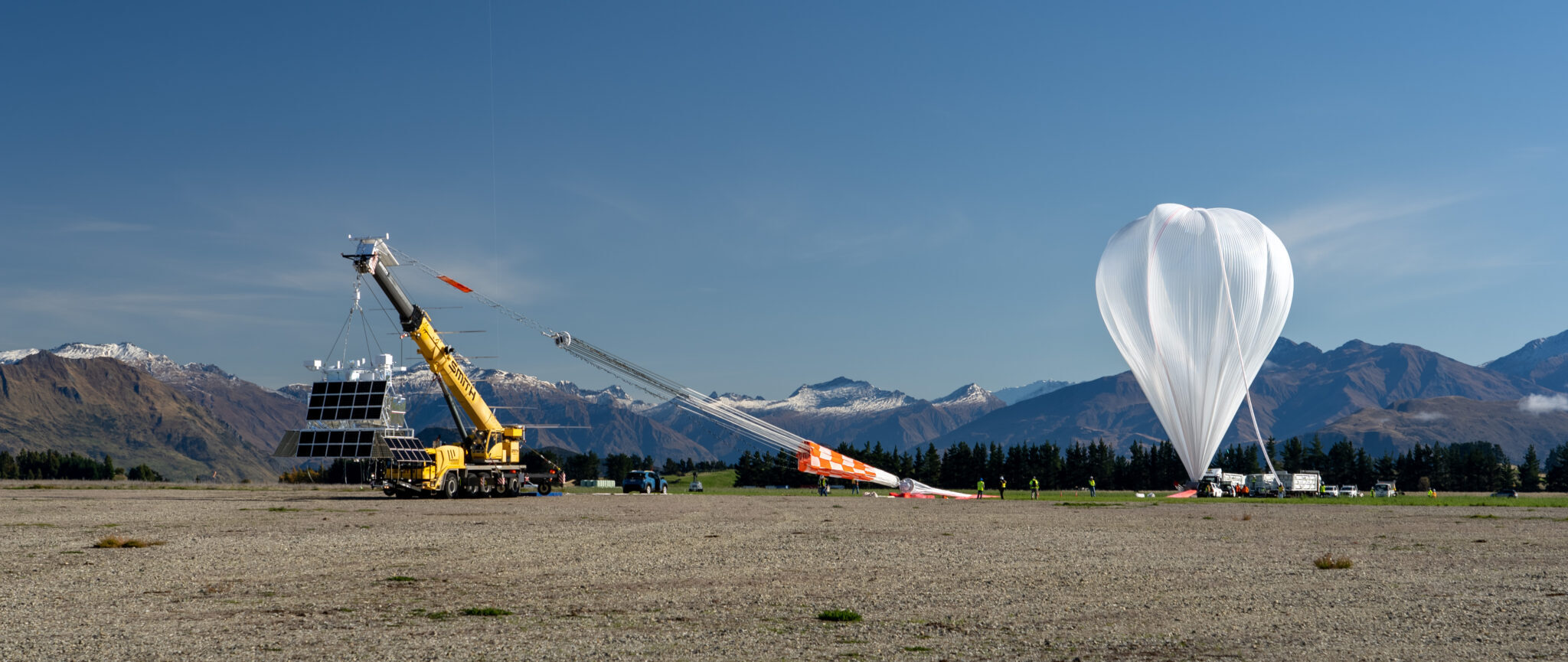16.05.2023
After more than a day in flight, the balloon, carrying the Extreme Universe Space Observatory 2 (EUSO-2), developed a leak forcing flight controllers to terminate the flight over the Pacific Ocean.
The Nasa teams attempted to troubleshoot by dropping ballast to maintain the balloon’s altitude however it was decided to safely terminate the balloon over the Pacific Ocean.
Nasa will investigate the cause of the anomaly.

The Nasa super pressure balloon and its payload take off at Wānaka Airport on Saturday. PHOTO: SHANNON THOMSON
It was an "unfortunate" end to the mission, Nasa scientific balloon program chief Debbie Fairbrother said.
"We will investigate the cause to help us continue to improve the super pressure balloon technology."
Prior to beginning its mid-latitude flight programme in 2015, Nasa conducted a thorough environmental analysis of an open-ocean landing.
The open-ocean flight termination procedure uses the two-tonne flight payload as an anchor to pull the entire balloon flight train to the bottom of the ocean as quickly as possible, removing it from the primary water column zone where most marine species are known to live and minimising environmental impacts.
The first super pressure balloon carrying SuperBIT launched at Wānaka Airport on April16 is on its fourth revolution of the Southern Hemisphere.
Quelle: Otago Daily Times
+++
NASA Super Pressure Balloon Mission Terminated Due to Anomaly

The EUSO-2 mission being prepared for launch on a super pressure balloon from New Zealand.
Credits: NASA/Bill Rodman
After a successful launch and more than a day in flight, our second super pressure balloon (SPB) carrying EUSO-2 developed a leak, and flight controllers safely terminated the flight over the Pacific Ocean.
The scientific balloon launched from Wānaka Airport, New Zealand, May 13, 12:02 p.m. NZST (May 12, 8:02 p.m EDT). The balloon was in flight for 1 day, 12 hours, and 53 minutes before termination over the Pacific Ocean May 14 at 12:54 UTC (8:54 a.m. EDT). The launch was the second and final for NASA’s 2023 New Zealand balloon launch campaign.
During flight, the SPB began experiencing a leak and teams attempted to troubleshot by dropping ballast to maintain the balloon’s altitude. The determination was made to safely terminate over the Pacific Ocean. NASA will investigate the cause of the anomaly.
“This is an unfortunate end to the mission and we will investigate the cause to help us continue to improve the super pressure balloon technology,” said Debbie Fairbrother, NASA’s Scientific Balloon Program chief.
